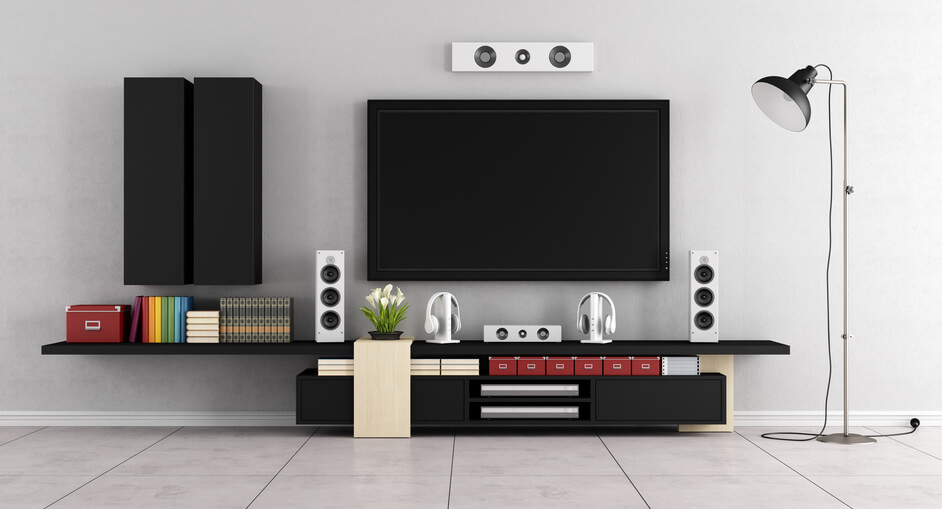If you’re in the market for a new TV, you might have heard talk about MicroLEDs. It’s the newest and most advanced display technology out there, but what exactly is it, and what does it mean for the future of TV displays?
As a leader in providing discount TVs, we’re excited about the potential of MicroLED technology, but we know that it’s not accessible to everyone just yet. So, we’ll look closer at MicroLEDs, their advantages and disadvantages, and how they compare to other display technologies like OLED and QLED.
What Is a MicroLED TV?
A MicroLED TV is a new way to create a display. It’s not OLED, and it’s not QLED. It’s something different that could be even better than the current standards. This next-generation display technology offers millions of tiny LEDs arranged in a matrix to form an image on the screen. A driver circuit individually controls the LEDs to be turned on and off rapidly enough to produce the illusion of motion.
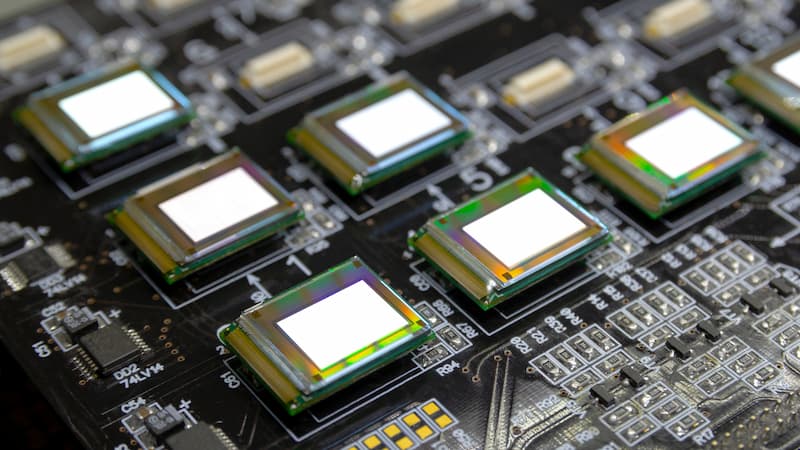
MicroLED technology is still in development, but it has the potential to offer significant advantages over LCD, OLED, and other existing technologies. In particular, it provides full-array local dimming, which means that each pixel can be lit or darkened independently from its neighbours, just like plasma and OLED displays today (although with less flexibility). This feature makes it easier for manufacturers to achieve high brightness levels for HDR content while preserving black levels for standard dynamic range content.
The Benefits of MicroLED
MicroLEDs offer several benefits over OLEDs and LCDs, including better energy efficiency, improved colour gamut, higher brightness, and greater contrast ratios. They are also more durable than OLED displays and have a much longer lifespan.
As mentioned previously, MicroLEDs have been in development for many years, but only recently have major manufacturers started to build them into commercial products. Samsung has already released several MicroLED TV models and is set to release more this year.
The advantages of using MicroLEDs in the display of your TV include the following:
Energy efficiency – One of the most significant advantages of using MicroLEDs instead of OLEDs or LCDs is that they’re more energy efficient. This means they last longer on a single charge, reducing the need for constant high power consumption.
Higher brightness – As well as being more energy efficient than other types of display technology, MicroLEDs also offer higher brightness levels than OLEDs or LCD screens. This feature makes them perfect for outdoor use or when watching movies in bright rooms with lots of sunlight, for example.
MicroLED TV Vs OLED TVs
MicroLED and OLED TVs are both incredible display technologies that can provide better picture quality than your regular LED/LCD TV. But some differences between these two techs set them apart.
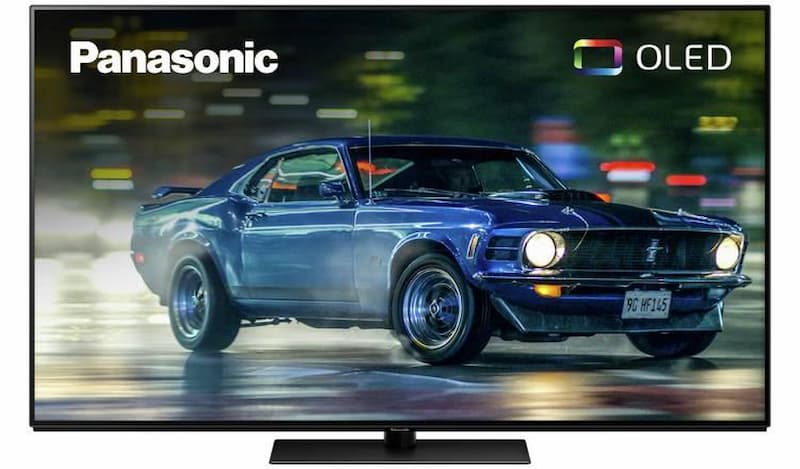
One major difference is the way they produce colours. MicroLED TVs use three colours of LED pixels (red, green, and blue) to create a full-colour image, while OLED TVs use individual organic LEDs that emit light of different colours when an electrical current is applied. OLED displays have traditionally been better at displaying black levels because individual pixels can be turned off entirely, whereas MicroLED displays can have some light leakage. Another downside to the MicroLED TV is the price, as they are much more expensive than OLED TVs due to the complexity of the technology and the manufacturing process.
However, another difference is brightness. MicroLED TVs can produce a brighter image than OLED TVs, making them better suited for brighter rooms or environments with lots of natural light. However, OLED displays can still have excellent contrast ratios and deep blacks, which make them well-suited for dark room environments. MicroLED displays also have a longer lifespan than OLED displays because they don’t suffer from the same issues with burn-in that OLED displays can experience—making them a better long-term investment for your home.
MicroLED TVs vs QLED TVs
MicroLED TV displays use microscopic LEDs to create a brighter and more accurate picture than QLED displays, which use quantum dots and an LED backlight. MicroLED displays can also produce deeper blacks and higher contrast ratios, making them better for dark room environments.
Another difference is the lifespan of the displays. MicroLED TVs are expected to have a longer lifespan than QLED TVs, which also may suffer from issues such as burn-in over time.
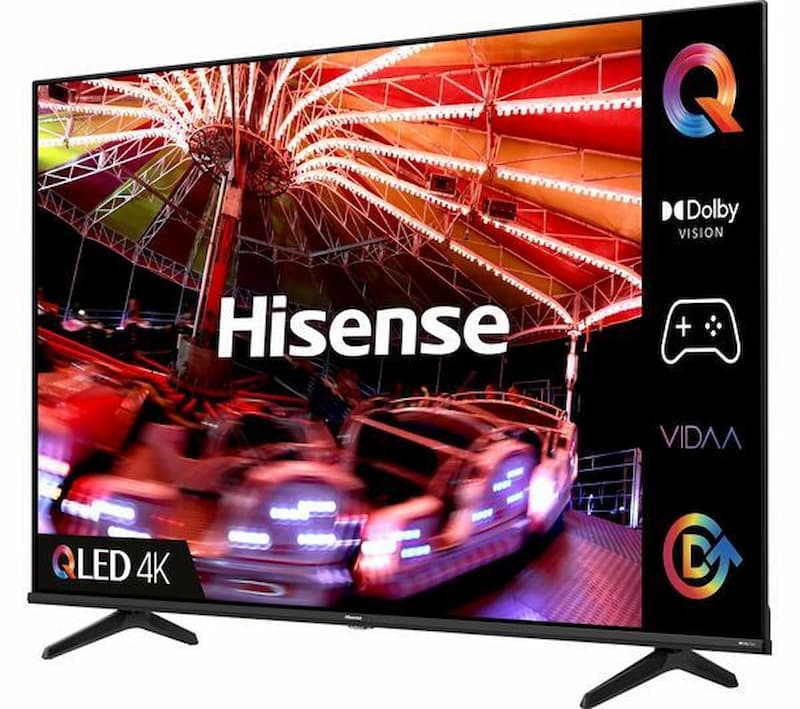
While MicroLED TVs are still relatively expensive and exclusive, QLED TVs are available at a range of price points. Cheap QLED TVs are widely available, making them a more accessible option for many consumers. The choice between a MicroLED TV and a QLED TV will depend on individual preferences and budget constraints. If you want the best possible picture quality and are willing to pay a premium price, MicroLED may be the way to go. But if you’re on a budget, QLED TVs can still provide excellent picture quality for a lower price.
Which Manufacturers Are Using MicroLED Technology?
Although this technology appears to be revolutionising the TV industry, it is not widely being produced for several reasons. First of all, cost. The price to manufacture this technology is reasonably high, which makes the final product even more expensive than other devices utilising other technologies. Another issue is that the technology is still being developed because LEDs function as individual pixels; many are required. For example, a 4K resolution screen needs around 8.3m LEDs to deliver a 3840 x 2160 resolution image – or so you’d think. But because MicroLED displays need a red, blue, and green LED for each pixel, a 4K MicroLED screen comprises roughly 25m individual LEDs. This naturally makes the screen sizes incredibly large and often unsuitable for domestic use.
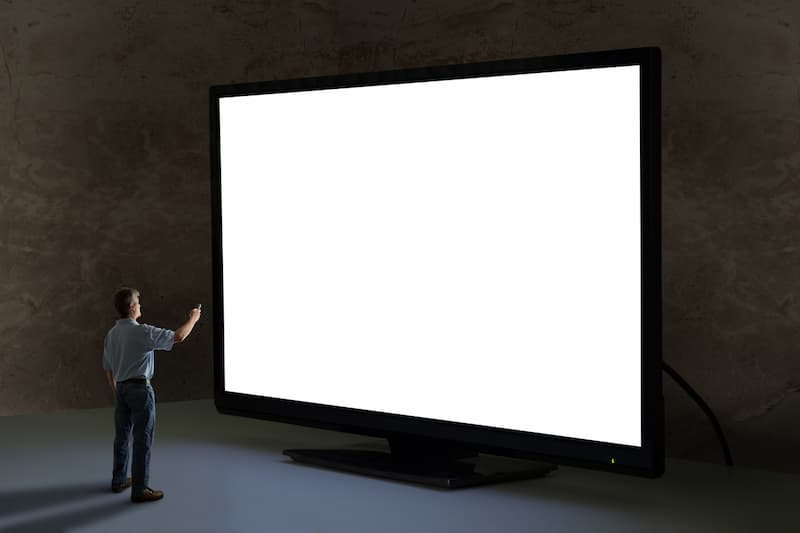
However, if you are keen to get your hands on a MicroLED TV, so far, Samsung is the only TV manufacturer offering this for public purchase. Additionally, you will need a big enough room for the device as the only size currently available is 110 inches, which makes it out of reach for the average consumer, that and the £149,999 price tag. So, whilst MicroLED could be the next best thing for TV displays, they are a long way off being utilised in the everyday home for most people. Don’t let that dishearten you, though. We have a fantastic range of cheap LED TVs which will suit almost every budget. From our cheap smart TVs to our incredible range of 4K TV deals, you will be sure to find your next TV online at CheapLED TVs.




